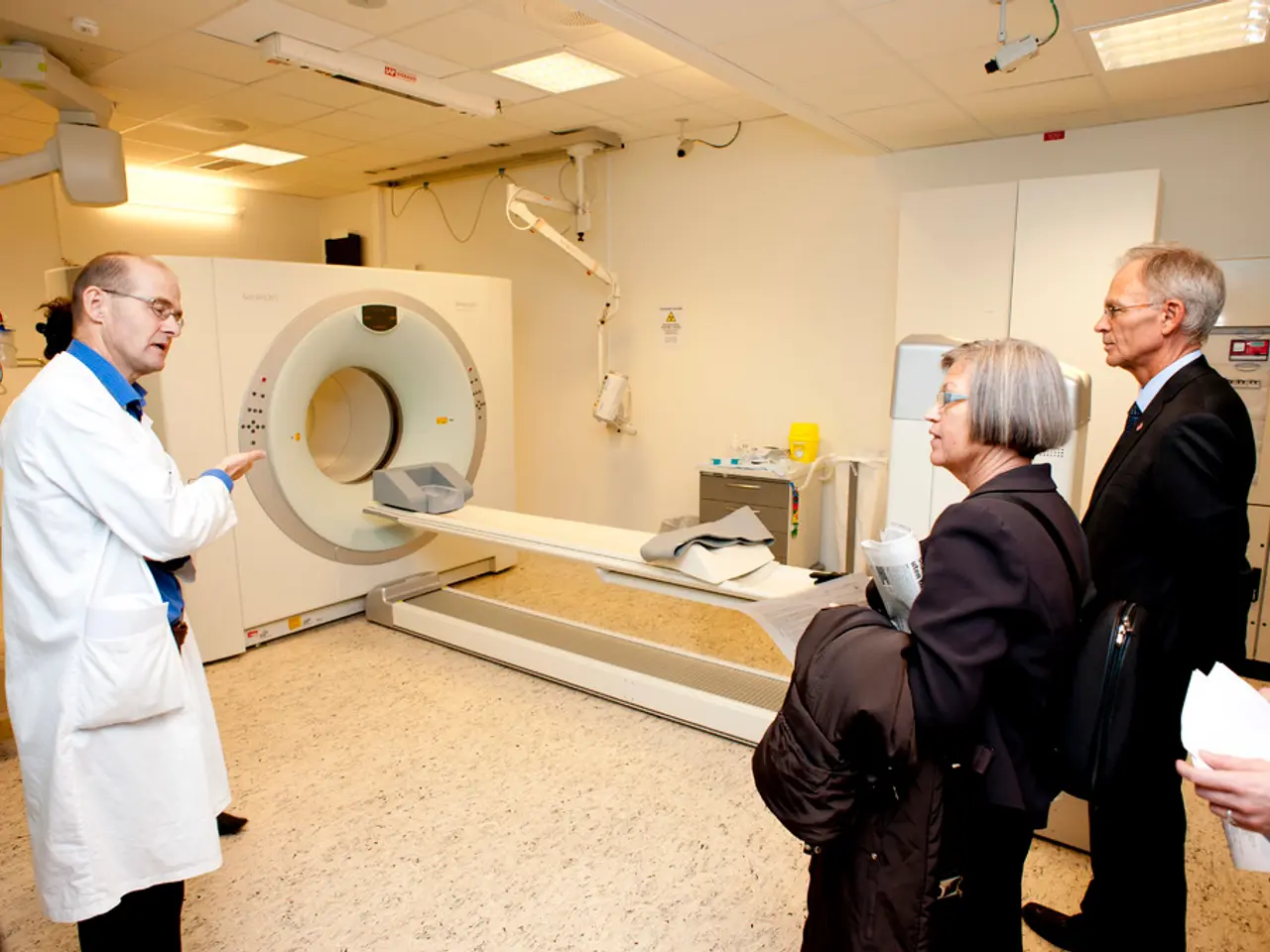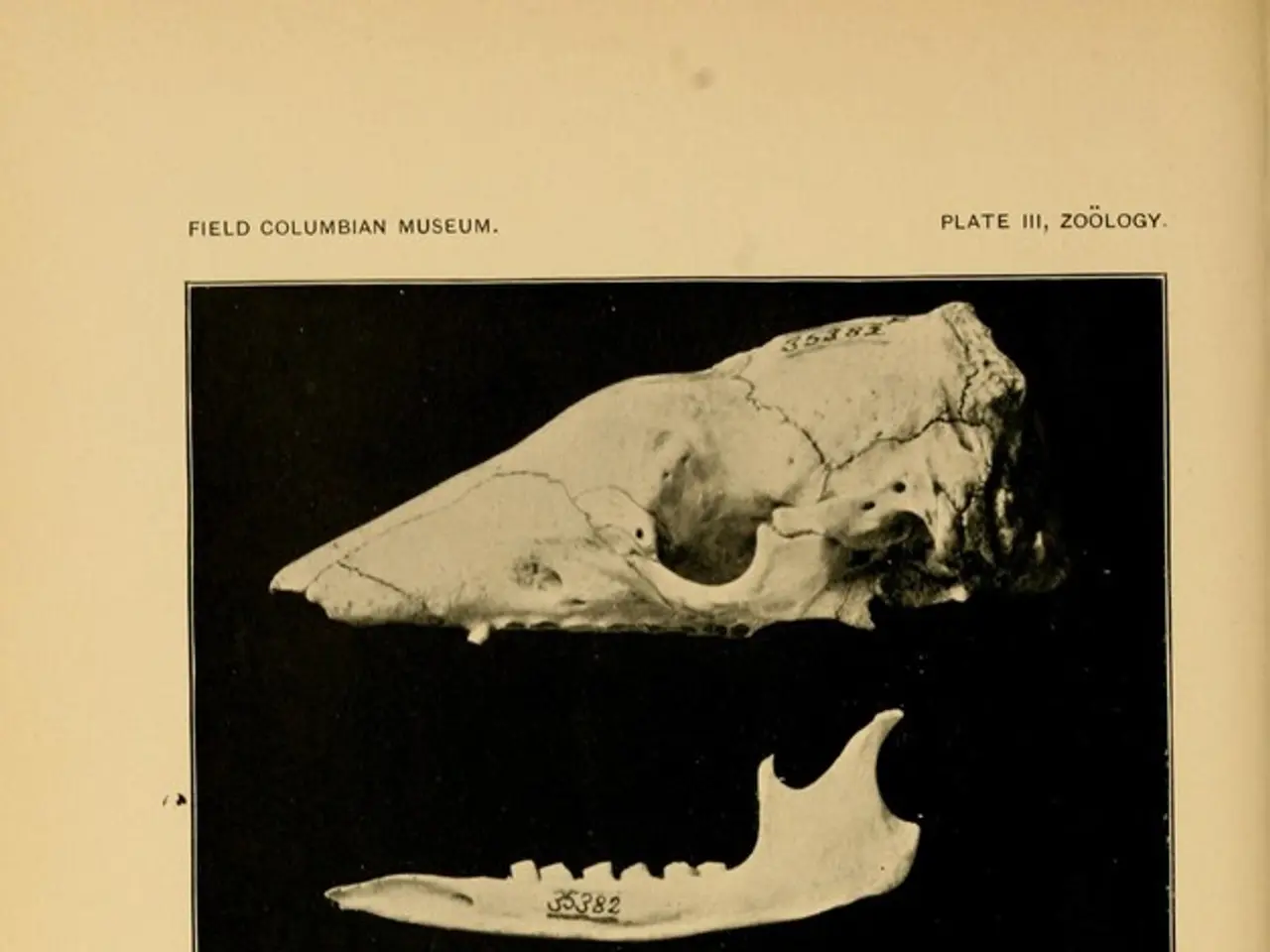Lung ailments: Symptoms, examinations, and remedies – Pneumonia and cancer of the lungs detailed
In the United States, lung cancer remains the leading cause of cancer-related deaths, according to the American Cancer Society (ACS). This deadly disease not only poses a significant threat on its own but also increases the risk of developing pneumonia.
Pneumonia, a lung infection, leads to breathing difficulties and fluid accumulation in the lungs. It can be caused by various viruses, bacteria, and fungi, and its risk can be increased by factors such as smoking tobacco and exposure to carcinogenic chemicals.
The link between lung cancer and increased pneumonia risk primarily involves obstruction and impaired lung defenses caused by tumors. Lung cancer tumors can block bronchial tubes, leading to impaired clearance of secretions and creating a favorable environment for infections like pneumonia. Additionally, underlying lung diseases such as interstitial lung disease (ILD) and idiopathic pulmonary fibrosis (IPF), which are associated with a higher risk of lung cancer, can also compromise lung structure and immunity, further increasing pneumonia risk.
While both conditions share some overlapping symptoms, such as coughing, phlegm, shortness of breath, stabbing chest pains, tiredness, loss of appetite, and wheezing, they differ significantly in their presentation. Lung cancer symptoms are often varied and can be subtle initially, sometimes presenting as unresolved pneumonia or unusual systemic symptoms. On the other hand, pneumonia usually presents as an acute respiratory infection with fever and productive cough.
Lung cancer major risks include smoking (primary and secondhand exposure), occupational exposures (e.g., asbestos), underlying lung diseases like IPF or ILD, genetic predisposition, and environmental carcinogens. In contrast, pneumonia risk factors include recent viral respiratory infections, chronic lung diseases, immunosuppression, advanced age, and conditions causing impaired airway clearance like bronchial obstruction by tumor or chronic obstructive pulmonary disease (COPD).
Early identification of lung cancer increases the chance of surgical removal of tumors and recovery. However, only 16% of people with lung cancer receive a diagnosis before it spreads, according to the American Lung Association. Lung cancer treatments aim to cure, control, or ease symptoms, with options ranging from surgery to chemotherapy or radiotherapy.
Pneumonia treatment can range from home care to hospitalization for IV fluids, antibiotics, oxygen therapy, or breathing assistance. It is crucial to address both conditions promptly to improve the chances of recovery and manage symptoms effectively.
In summary, understanding the connection between lung cancer and pneumonia is essential for early detection and effective management of these conditions. While they share some symptoms and risk factors, their differences in presentation and treatment require careful consideration.
Cancer, specifically nonsmall cell lung cancer, remains the leading cause of cancer-related deaths in the United States, according to the American Cancer Society (ACS). Pneumonia, a lung infection, can be a significant complication for individuals diagnosed with lung cancer due to its increased risk.
The link between lung cancer and pneumonia risk primarily involves obstruction and impaired lung defenses caused by tumors. Lung cancer tumors can block bronchial tubes, leading to impaired clearance of secretions and creating a favorable environment for infections like pneumonia.
While both conditions share some overlapping symptoms, such as coughing, phlegm, shortness of breath, and wheezing, they differ significantly in their presentation and treatment. Early identification of lung cancer increases the chance of surgical removal of tumors and recovery, whereas pneumonia treatment can range from home care to hospitalization, depending on the severity of the infection.
Science and medical research play a crucial role in understanding the connections between cancer and medical conditions like pneumonia. It is essential to continue exploring new breakthroughs in the health and wellness field to improve early detection and treatment options for individuals affected by these conditions.




